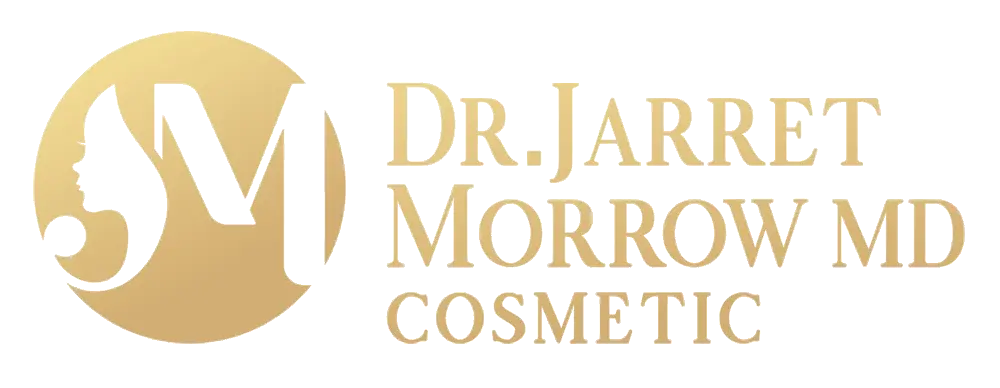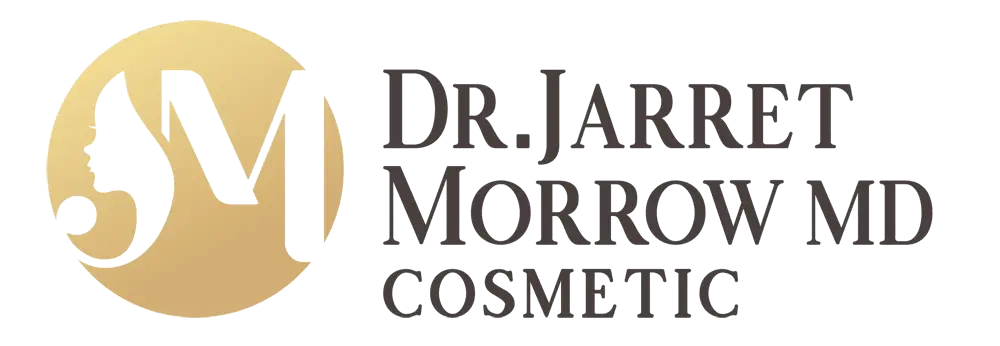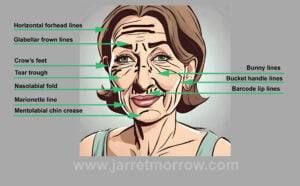Lifestyle change, Fish oil, and Red Yeast Rice vs. Simvastatin:
High cholesterol is a serious risk factor for cardiovascular disease. Though the efficacy of statin type medications are well-established, the compliance rate of these drugs can be lowered by patient concerns over side-effects as well as medication costs.
Key Points:
- Lifestyle change (read Mediterranean diet/aerobic exercise), fish oil (dietary supplement), and red yeast rice (dietary supplement) lowered LDL cholesterol (bad cholesterol) similarly to medication (Simvastatin).
- The combined therapy with lifestyle change etc, also lowered trigylcerides more than Simvastatin.
- Both red yeast rice and Simvastatin have the potential to cause a dangerous side effect known as rhabdomyolysis (see comments).
- A recent, open-label trial, compared two interventions for people with hypercholesterolemia (Becker et al, 2008). The first group received conventional treatment with 40mg/d of Simvastatin while the second group received an intervention which included education on diet (mediterranean diet), exercise (aerobic), as well as daily consumption of red yeast rice (hong qu) and fish oil capsules.
Intervention:
- Group 1: 40 mg /day of Simvastatin
- Group 2: Mediterranean diet education, instructed to exercise (aerobic exercise) by an exercise physiologist., consume capsules of both red yeast rice
(Each capsule had a total monacolin content of 5.3 mg, of which 2.53 mg was monacolin K (lovastatin)] and fish oil (3 capsules daily).
Results:
- Statistically significant reduction in LDL-C levels in both the AG [alternative treatment group] (-42.4%+/-15%) (P<.001) and the simvastatin group (-39.6%+/-20%) (P<.001).
- No significant differences were noted between groups.
- The AG (alternative treatment group) also demonstrated significant reductions in triglycerides (-29% vs -9.3%; 95% confidence interval, -61 to -11.7; P=.003) and weight (-5.5% vs -0.4%; 95% confidence interval, -5.5 to -3.4; P<.001) compared with the simvastatin group.
Safety:
“In the simvastatin group, 3 patients experienced musculoskeletal symptoms. One completed the protocol, taking 40 mg of simvastatin daily until the end of the study. Two patients stopped their simvastatin regimen for 3 days, per protocol. Their CK levels were normal, and they completed the study taking 20 mg/d.”
“In the AG, one patient had a baseline CK level of 232 U/L, which increased to 1532 U/L on routine testing at the completion of the study. He was completely asymptomatic, was engaged in vigorous exercise the night before his blood test, and was taking 3 capsules of RYR twice daily. After the study was completed, medication and exercise were stopped, and his CK level returned to normal. Two patients noted heartburn that resolved when they were switched to equivalent doses of a liquid form of fish oil (ResQ 1250 liquid) from the same manufacturer.”
Conclusion:
“Lifestyle changes combined with ingestion of red yeast rice and fish oil reduced LDL-C in proportions similar to standard therapy with simvastatin.”
Limitations:
- The study authors also concluded that these results needed to be confirmed in larger trials.
- One issue with this study that clouds the results to some extent is the fact that the alternative treatment group involved several different interventions including implementing the Mediterranean diet, aerobic exercise as well as consuming capsules of both Chinese red yeast rice and fish oil. As a result, it is difficult to be certain how much of the cholesterol lowering achieved could be attributable to each separate intervention.
- The study itself was an open-label trial which essentially means that the study was not blinded or that both the patients as well as the study authors were aware of the interventions that the patients were receiving.
Reference:
- Becker DJ, Gordon RY, Morris PB, Yorko J, Gordon YJ, Li M, Iqbal N. Simvastatin vs therapeutic lifestyle changes and supplements: randomized primary prevention trial. Mayo Clin Proc. 2008 Jul;83(7):758-64.





